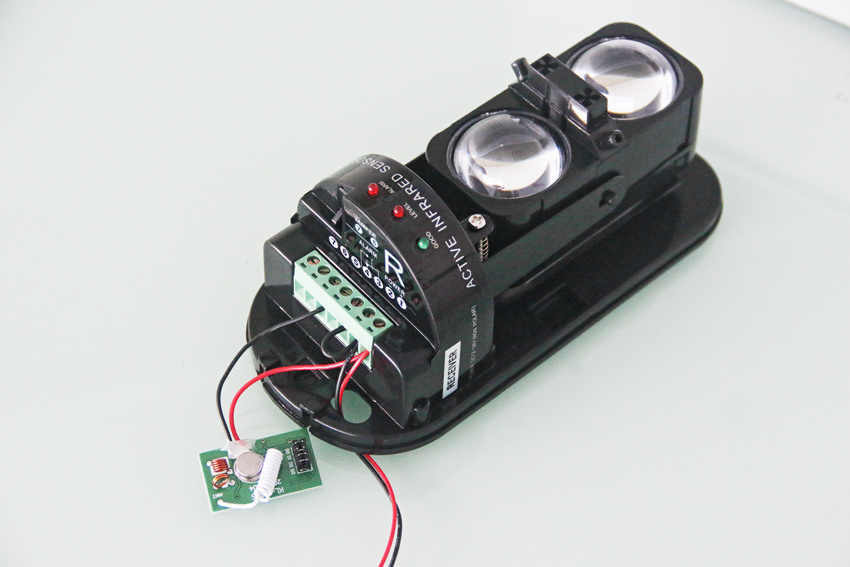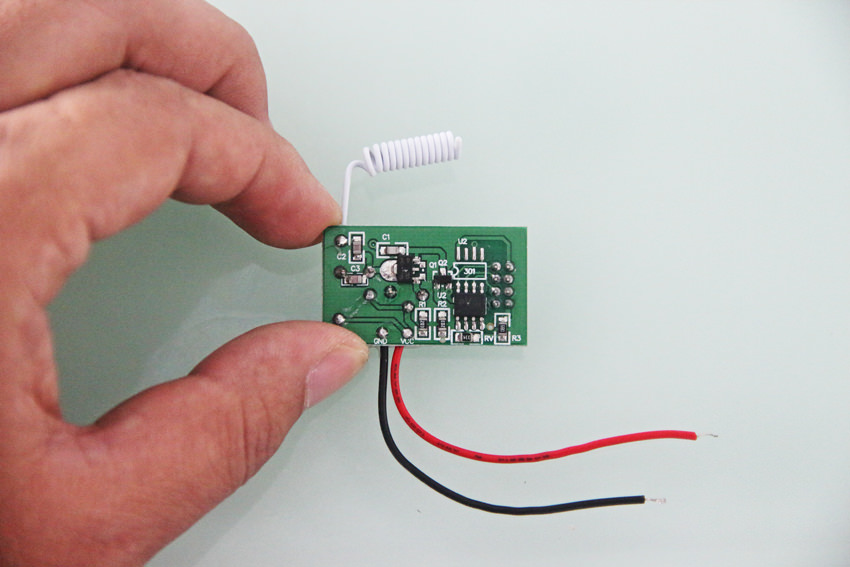
DIY: How to Make the Wireless Photoelectric Beam Sensors?
Many users may not be happy with their installed alarm system as the system easily triggers false alarm. There are many possibilities why false alarm happens, 90% of false alarms are caused by wrong operation of the system according to the statistics. However, some may come from the failure of the system, and the PIR motion sensor usually is the culprit. There is no many options to tackle this problem. One of option is using the photoelectric beam sensor to replace the PIR motion detectors.
PIR motion sensor Vs photoelectric beam
Comparing to the PIR motion sensor, the photoelectric beam detectors employ active infrared technology which owns many unique advantages. The photoelectric beam sensors can provide long transmission distance up to 300 meters, while the PIR motion sensor only can have an approximate 110 degree 12 meters detection coverage. PIR motion sensors are prone to trigger false alarms as they are sensitive to variable environment changes for instance hot/cold air flow, sun light, small animals will trigger the detector. Photoelectric beam sensors adopt the multiple beam structure and only triggers alarm when all beams are interrupted simultaneously, therefore greatly reduce the false alarm caused by flying birds, leafs, tree branches, direct sunshine.
Photoelectric beam sensors can create an invisible barrier around your premises, it's the recommended sensor to provide the perimeter protection. As your house with the perimeter protection, you can reduce the number of detectors for interior protection, greatly saving the cost.
How to make a wireless photoelectric beam sensor?
In order to simplify the installation, solar-powered wireless photobeam detector is available in the market, however they are more expensive and yet few models. The cost of hardwired photoelectric beams are very cheap, using the RF module and connect it to the photobeam, the detector will support wireless communication. As our wireless alarm panels use 433MHz spectrum to communicate, we need to use the 433MHz RF module (KL-XGFS).

433MHz RF Module Specification
- Wireless frequency 433.92MHz
- Wireless transmission distance <= 100 meters (open space)
- Encoding chip eV1527
- Oscillation resistor 330KOm (334)
- D0-D3 jumpers setting
- Input voltage DC 3.3V - 12V
How to wire the photoelectric beam detector? You can wire the RF module to the IR receiver, as it has alarm output. The RF module should be connected to the N.O relay output of the IR receiver. Once alarm is triggered, the RF module will emit wireless signal. We offer dual photobeam, triple photobeam, quadruple photobeam detectors and this RF module products to our clients, they can meet the requirement for the cost-effective wireless photobeam perimeter protection solution. For commercial users, we recommend the solar-powered Infrared beam sensors which have RF module and rechargeable battery built-in to achieve truly wire-free solution.
Get My Latest Posts
Subscribe to get the latest updates.
Your email address will never be shared with any 3rd parties.